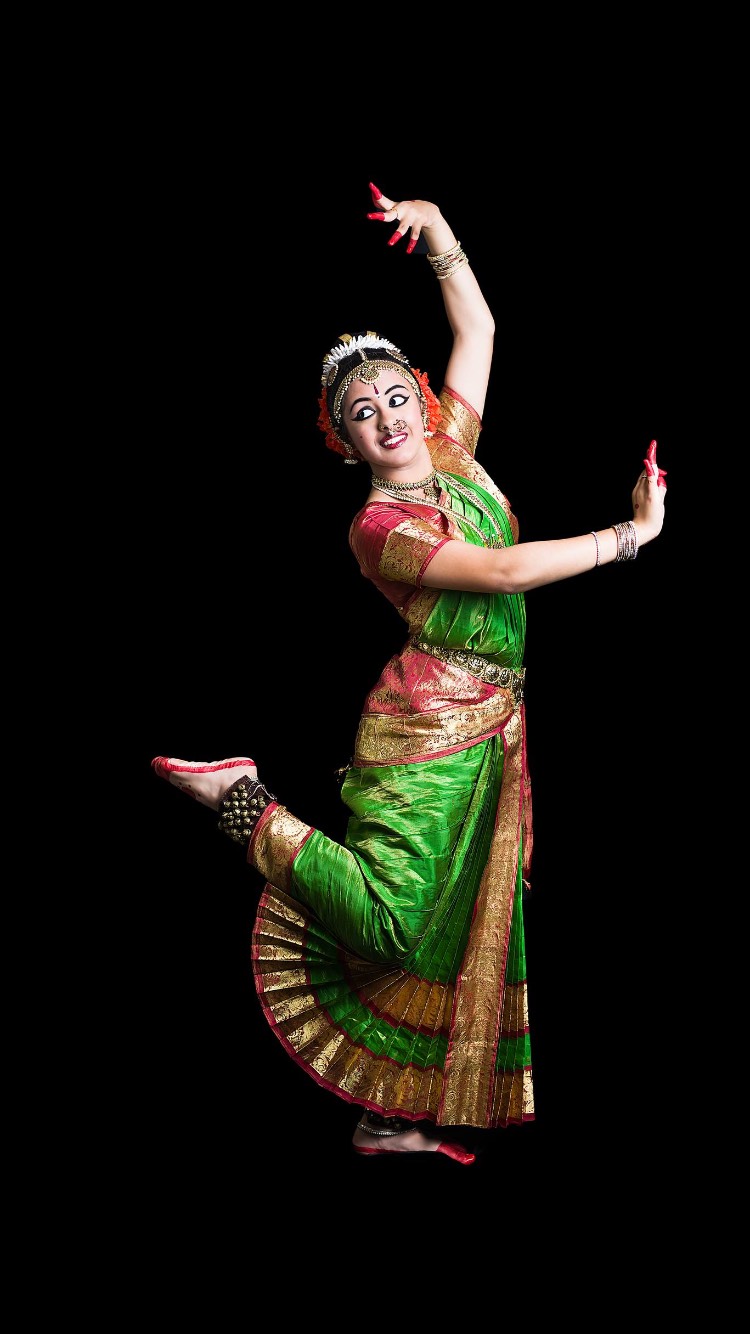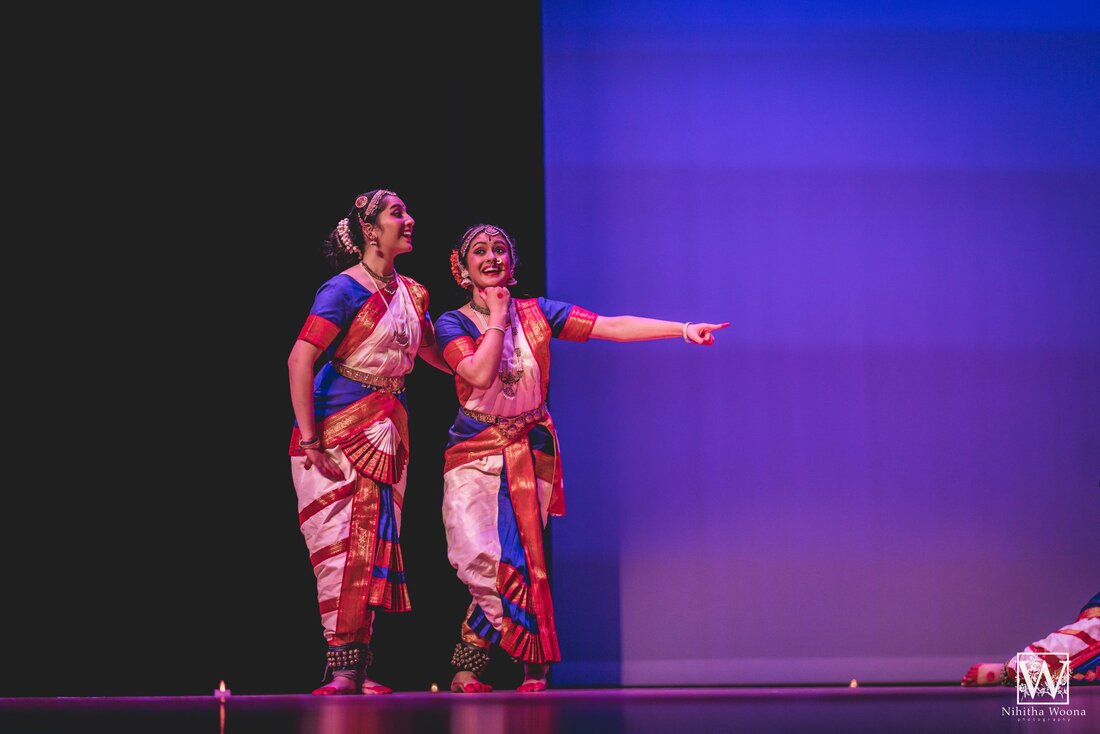Health & Heritage Through Dance: Interview with an Indian Classical Dancer
Outside her role as Article Editor of Total Wellness Magazine, Bhavya Malladi is also the captain of the competitive Indian classical dance team UCLA Taara. In this interview, she gives us a little more insight into her life as an Indian classical dancer and how it has shaped her into the person she is today.
Q: Before we dive into your experience, tell us a little bit about Indian classical dance itself.
A: “Indian classical dance” is a somewhat all-encompassing phrase that refers to various different dance forms that originated from all over India. The eight most widely performed Indian classical dance styles are Bharatanatyam, Kuchipudi, Odissi, Kathak, Kathakali, Mohiniyattam, Manipuri, and Sattriya. Across the board, each of these styles incorporates gestures, footwork, and facial expressions to convey a message. Originally rooted in religious contexts, these dance forms were used to express praise for deities and tell stories from Hindu scriptures and mythology. Nowadays, Indian classical dance can also be used to bring light to modern issues or simply educate others about Indian culture.
Q: How did you get involved? What has your experience been like?
A: My parents, having immigrated far from their home country, felt that exposing me to the classical art form at an early age would help me stay connected to my culture. As a result, I started going to dance classes when I was just shy of five years old. I have been trained in the style of Kuchipudi, which originated from the state of Andhra Pradesh (the state in which both my parents were born and raised), at Kuchipudi Art Centre in Pleasanton, California. Since then, I’ve spent countless hours, days, and years learning not only the physical movements that define this style of dance, but also the meaning behind the movements and age-old songs that Kuchipudi dancers have been performing for generations.
To me, Indian classical dance not only gives me a strong connection to my heritage, but also often provides me with a space to let go of my worries and step into someone else’s shoes.
Q: How do you keep up with dance as a busy college student? What keeps you motivated to continue pursuing this art form?
A: Fortunately, I’ve been able to continue learning and practicing in college as a member of UCLA’s Indian classical dance team, Taara. Although I am a Kuchipudi dancer, I’ve had the amazing opportunity to work with and learn from dancers of other styles such as Bharatanatyam, Kathak, and Odissi. As a captain of the dance team, I’ve even transitioned from simply learning and performing to also choreographing, which is both rewarding and humbling. Although I began my dance journey because of my parents’ dream, I’ve continued pursuing my passion because of the great impact it has had on my life and my mental health. To me, Indian classical dance not only gives me a strong connection to my heritage, but also often provides me with a space to let go of my worries and step into someone else’s shoes. I love the fundamental narrative aspect of Kuchipudi, and that for a moment I can completely immerse myself in a character’s story and tell it as my own. When I’m performing, on a stage or in my own practice space, I am my most confident self, and chasing that feeling is what keeps me motivated.
I often felt conflicted because my love for the art form continued to grow, but it seemed like it was not something I could be openly proud of. It seemed like Indian classical dance did not count as a legitimate dance style, and that I could not call myself a dancer.
Q: What are some challenges you’ve come across as an Indian classical dancer?
A: As much as I am proud and vocal about my Indian classical dance background today, the road to this pride was not easy. Growing up, when I would identify myself as a dancer, most people assumed I was referring to something along the lines of hip hop or ballet. Even when I clarified that it was Indian classical dance, many would still give me a confused or indifferent look when I told them that no, that’s not the same thing as Bollywood. I often felt conflicted because my love for the art form continued to grow, but it seemed like it was not something I could be openly proud of. It seemed like Indian classical dance did not count as a legitimate dance style, and that I could not call myself a dancer. However, surrounding myself with other dancers like me and their pride only cultivated my own; now, I’m proud of how far I’ve come as a dancer and grateful for the connection to my roots.
Q: What advice do you have for other dancers?
A: Whether you’re just starting or you’ve been dancing for years, never underestimate the power of trying something new! This may mean learning a new move, experimenting with a completely different style, or choreographing a piece on your own. Trying new things allows us to keep exercising our creativity and broadening our perspectives of what we know as dancers.
UCLA Taara invites you to try out for the 2019 team! Click here for details on workshops and auditions.









